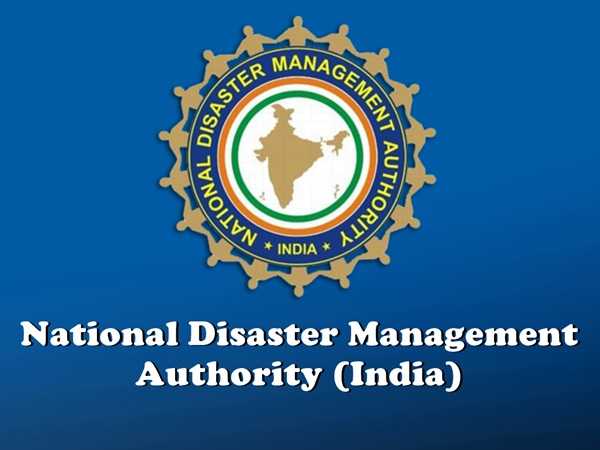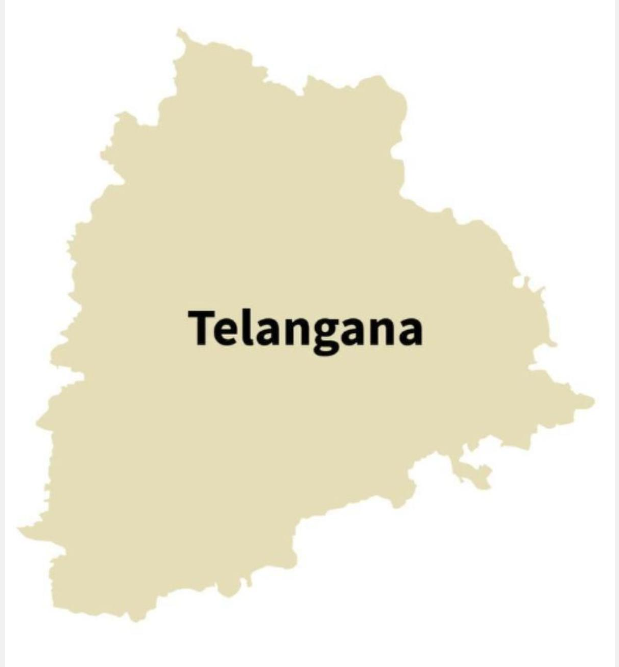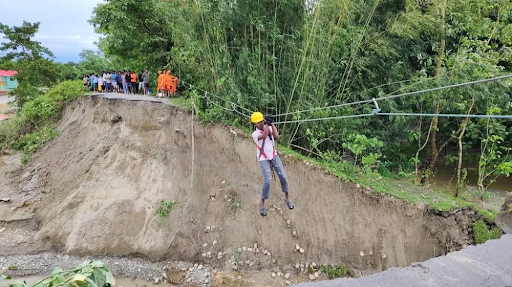





Disclaimer: Copyright infringement not intended.
Context
Aims and Objectives
https://www.pib.gov.in/PressReleasePage.aspx?PRID=1824882









© 2025 iasgyan. All right reserved